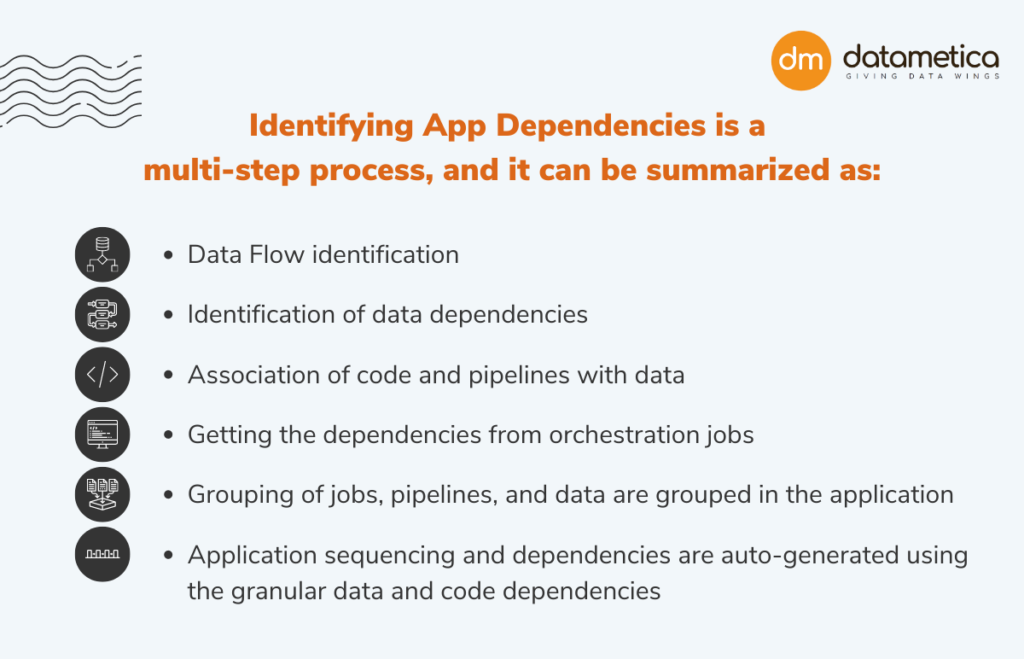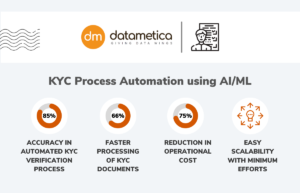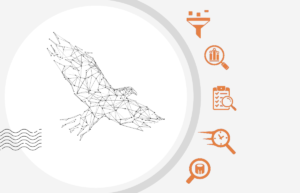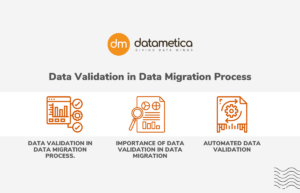Effective Cloud Migration strategy with Application Dependencies
Software dependencies are a crucial part of component-based programming in order for the ecosystem to function without interruption. However, deploying, upgrading, and migrating software systems can be difficult for agile developers. To keep their teams operational, modern enterprises require technology stacks that are capable of managing increasingly complex applications. In addition, when organizations attempt to stay up with new technology, they wind up with layers of interconnected software, hardware, and systems that are increasingly dependent on one another. Connections, services, and infrastructure components are frequently required for mission-critical technology to function. Each of these programs has its own set of transitive dependencies, which makes the problem worse.
Application dependency mapping is the process of discovering and defining the dependencies and interactions between application components, their dependents, and the infrastructure that supports them. A crucial step in understanding how complex application structures function and what happens when they are deployed in different contexts is to create a map of how apps interact with one another.
Why are application dependencies so critical when migrating to the cloud?
Application dependency mapping ensures that all necessary cloud migration components have been identified. It may not be necessary to move all components to the cloud, but you must ensure that all dependent components are identified and migrated simultaneously. If you don’t, critical dependencies will remain on-premises, which could affect how well your application performs. App dependency mapping enables businesses to comprehend the repercussions of even minor app modifications.
For instance, if you move an application server to the cloud but maintain the application’s database on-premises, your application may perform significantly slower and may even fail. When a dependency fails, all dependent applications suffer. As a result, while moving applications to the cloud, you must include everything they need.
In addition, application dependency mapping is crucial for accurately modernizing a data platform, as it ensures the proper sequence of component migration. This sequencing will also take business priorities into account. To ensure compatibility with data regulations and compliance processes, it is essential to have a thorough understanding of the origin and flow of data (i.e., upstream to downstream application flow.)
Suggested read: Setting up the Right Foundation for a Successful Cloud Journey
Points to remember when identifying app dependencies
Application dependency mapping saves IT teams time and money and improves their project planning and execution. As a result, businesses as a whole have lower downtime and fewer apps and services that malfunction. Depending on how you perform automated discovery and mapping, you may be unable to observe your IT ecosystem in its entirety. Some older systems were designed to operate in a particular environment or with a specific management platform. All you have to do is identify the perfect way for your tech stack to reap these benefits.

Mapping application dependency
Using tags or moving groups of all the relevant data, code objects, tables, and more is an effective method for building a picture of the application supply chain. It is easier to install and configure than other methods, and it may be used to map applications hosted in virtualized, hyper-converged, and multi-cloud environments where tagging is prevalent. To ensure accurate tagging, it is necessary to have precise information about the data’s lineage. As a migration planner tool, Eagle is well-equipped to determine the lineage of an application, task, code, table, file, or view. App dependencies are auto-generated based on the lineage details present in Eagle.
Eagle is ideal for both large and small enterprises because it saves time and money. It allows you to map dependencies easily and ensure that your map remains accurate as your infrastructure evolves.
Conclusion
Mapping application dependencies is a time-consuming and expensive task, but you have multiple options to consider. As an established cloud migration partner, Datametica offers the option to utilize an automated solution capable of performing the majority of the work for you, so that you can embark on the path to observability and reap the benefits that come with it. Initiate a call with us today to learn more.

Kalpa Sharma
.
.
.
About Datametica
A Global Leader in Data Warehouse Modernization & Migration. We empower businesses by migrating their Data/Workload/ETL/Analytics to the Cloud by leveraging Automation.



